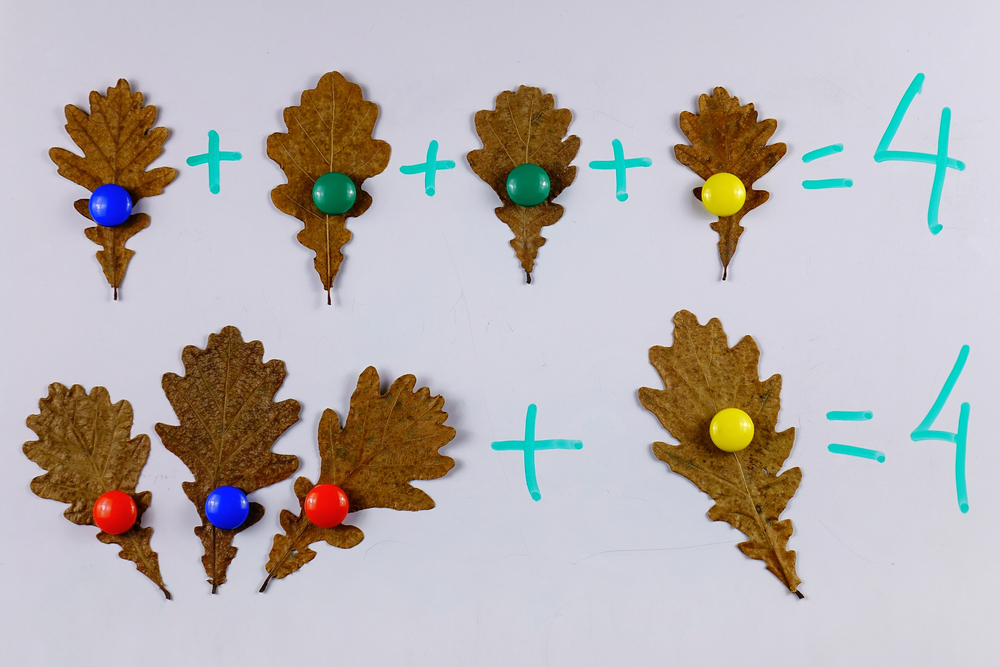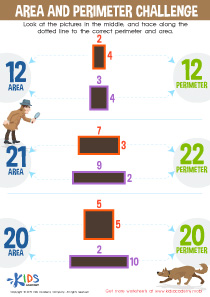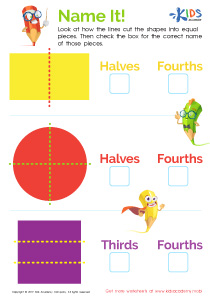Problem-Solving Skills Tracing Shapes Worksheets for Ages 4-5
4 filtered results
-
From - To
Unlock your child's potential with our Problem-Solving Skills Tracing Shapes Worksheets designed for ages 4-5! These engaging activities help young learners develop essential problem-solving abilities, while simultaneously enhancing their shape recognition and fine motor skills. By tracing various shapes, children will learn to think critically and make connections, fostering a strong foundation for future learning in math and beyond. Our printable worksheets are user-friendly and can be easily integrated into daily learning routines, making it fun and educational. Encourage your little one's confidence and creativity as they embark on this exciting path towards developing crucial skills for school readiness!
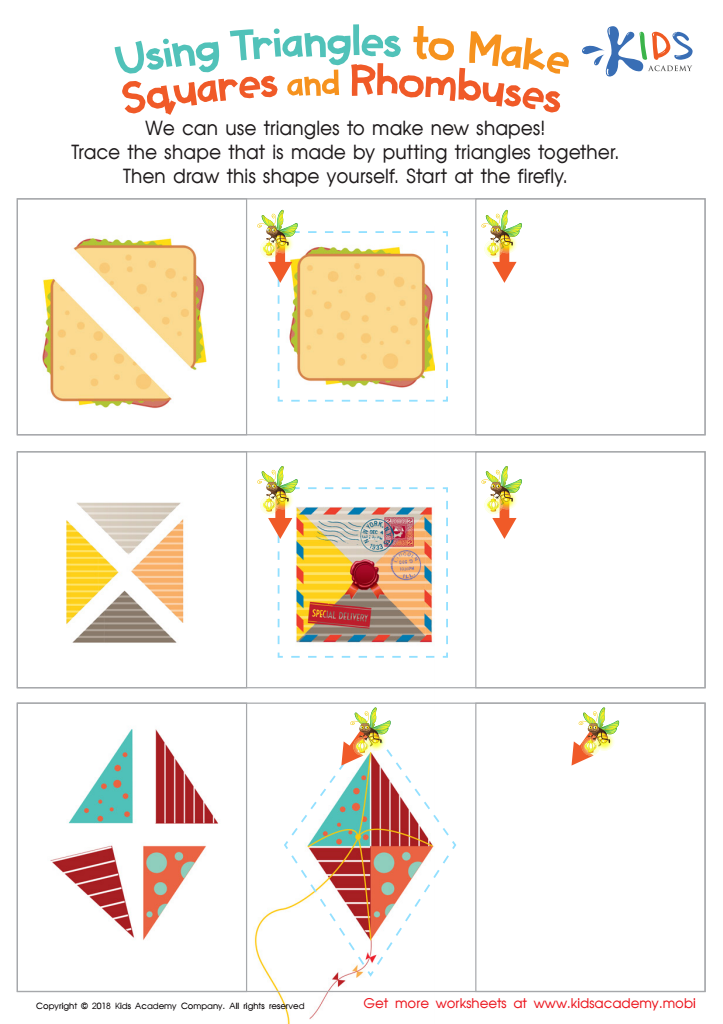

Using Triangles to Make Squares and Rhombuses Worksheet


Let's Look! Part 2 Worksheet


Learning to Draw Crescents And Triangles Worksheet
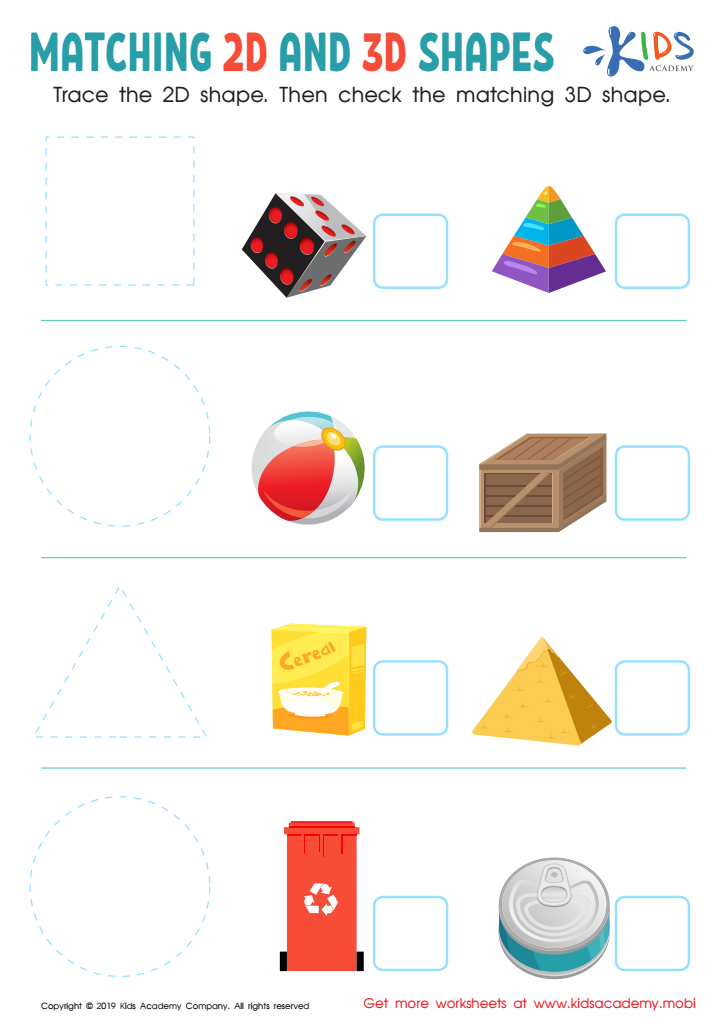

Matching 2D and 3D Shapes Worksheet
Parents and teachers should prioritize problem-solving skills through tracing shapes for children aged 4-5 for several compelling reasons. First, this activity encourages young learners to develop fine motor skills, promoting hand-eye coordination and dexterity as they handle pencils, crayons, and tracing materials. Better motor skills support future writing and drawing proficiency, laying a foundation for literacy.
Moreover, tracing shapes introduces children to basic concepts of geometry and spatial awareness. Understanding shapes and their properties enhances cognitive development, helping children recognize patterns in everyday life, and sharpening logical reasoning abilities.
Additionally, tracing shapes serves as an engaging, hands-on approach to problem-solving. As children navigate the challenges of replicating various shapes, they learn to approach tasks methodically, fostering resilience and patience—skills that are essential both inside and outside the classroom.
Finally, these activities promote confidence and self-esteem as children witness their own progress. Recognizing achievements, no matter how small, significantly reinforces a child’s motivation to tackle new challenges. Hence, encouraging problem-solving through tracing shapes not only builds foundational academic skills but also nurtures critical life skills that are crucial for lifelong learning.
 Assign to My Students
Assign to My Students









